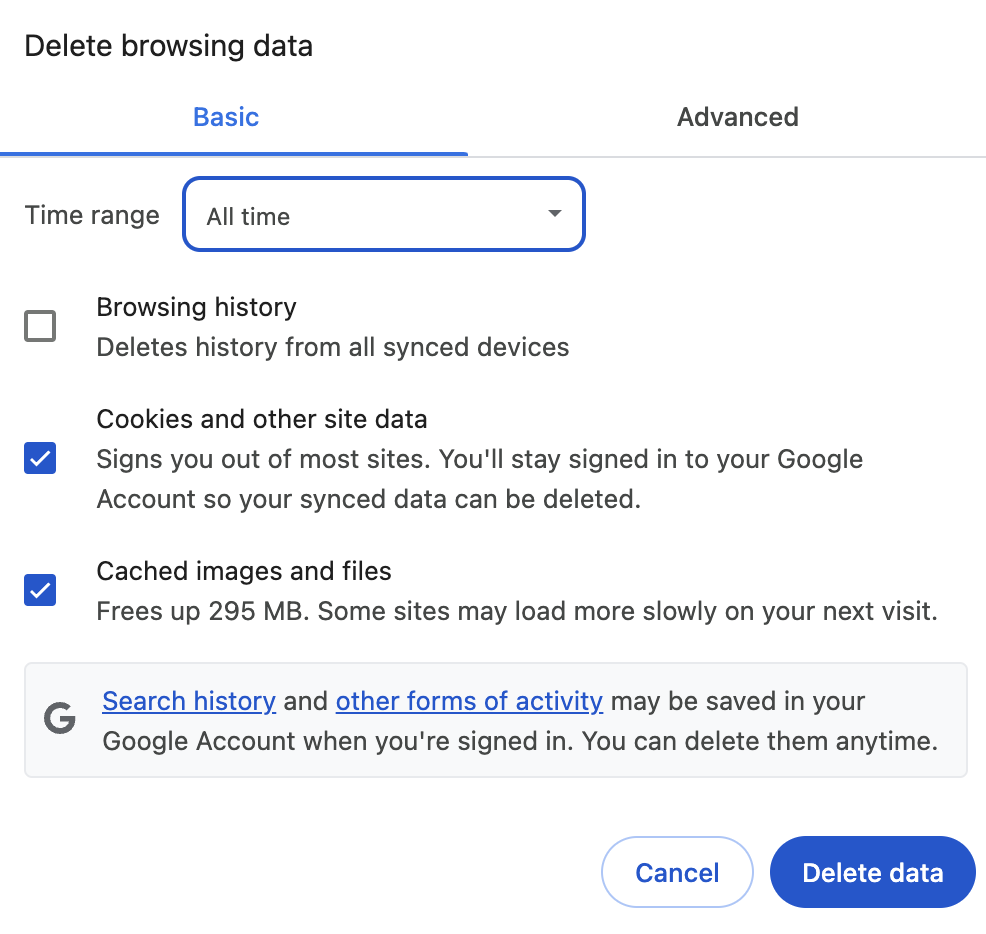
Are you looking for a straightforward way to manage your relational databases? Have you considered using Google Cloud SQL?
Google Cloud SQL is a fully managed relational database service supporting MySQL, PostgreSQL, and SQL Server, designed to offload administrative tasks like backups, updates, and scaling. Ideal for developers and businesses, it integrates seamlessly with Google Cloud services (Compute Engine, Kubernetes) and offers high availability, security, and global scalability.
As a fully-managed service, Cloud SQL handles essential operations including:
- Automated backups
- High availability and fail-over
- Network connectivity
- Export and import operations
- Maintenance and updates
- Monitoring and logging
Each Cloud SQL instance is powered by a virtual machine running on a Google Cloud server, with the database stored on a scalable, durable network storage device called a persistent disk.
This first blog in our series covers foundational concepts, tier comparisons, architecture patterns, and practical Terraform code snippets.
- You pick your preferred engine (MySQL, PostgreSQL, or SQL Server).
- Patching, updates, and backups happen in the background.
- You can dedicate more time to your application rather than daily database tasks.
A friend set up a small e-commerce site with Cloud SQL.
He scaled to handle a rush of holiday shoppers without worrying about the hardware behind the scenes.
Google offers two primary editions for Cloud SQL instances:
Source Credit: https://medium.com/google-cloud/getting-started-with-google-cloud-sql-35989330e62c?source=rss—-e52cf94d98af—4




